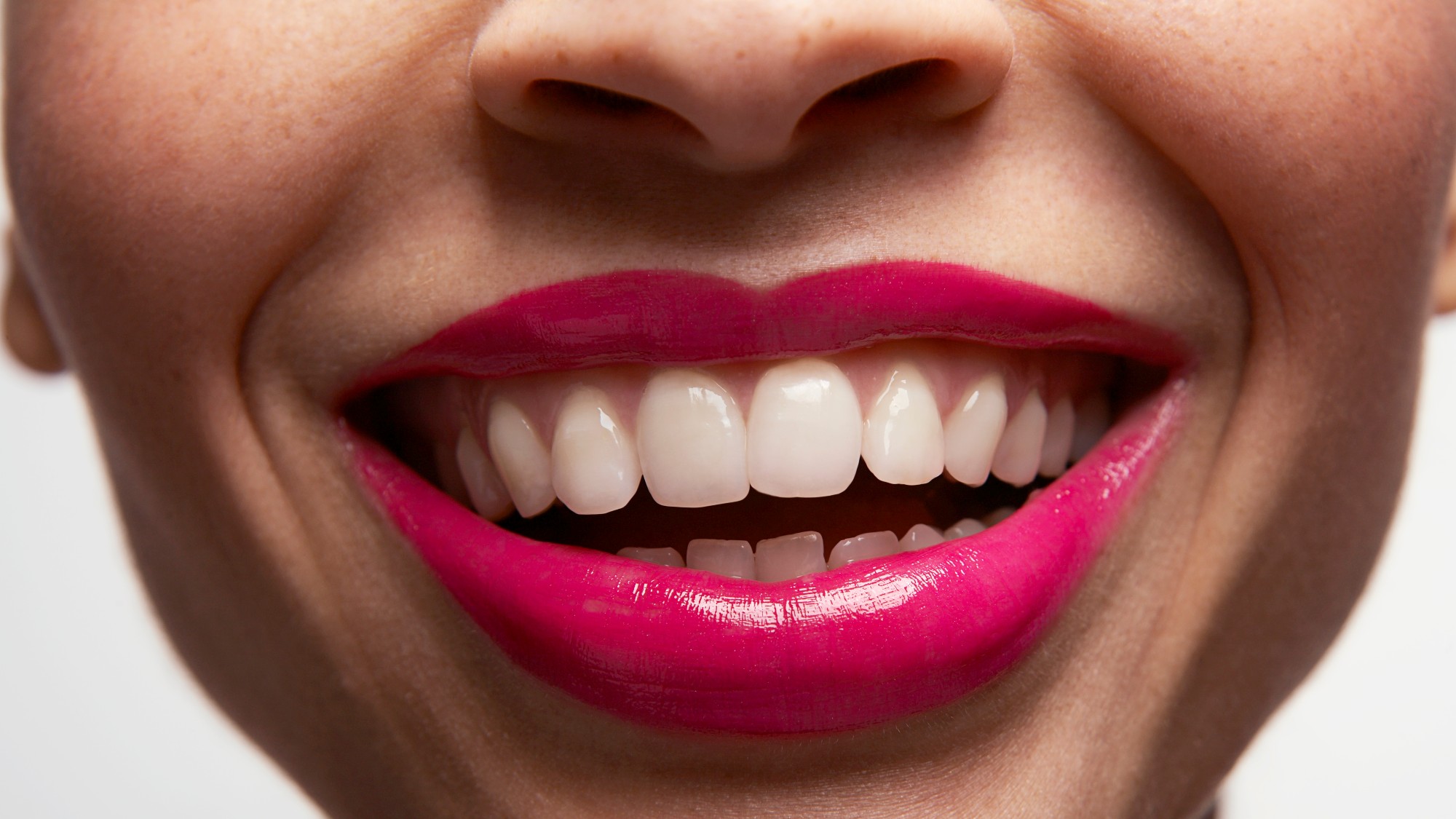Composite bonding 101: everything you need to know about the smile treatment everyone's talking about
Is Love Island auditioning anytime soon?


Is Love Island auditioning anytime soon?
Historically, the Great British public weren't exactly known for their bright, white smiles. But thanks to the good people of TV (read: Love Island), Instagram and TikTok, pursuing the perfect pearly whites has become as much a part of our beauty regimens as the best eye cream. The latest trend we're all dying to try? Composite bonding – a quick, non-invasive treatment that's going viral for its ability to transform smiles.
Following our decades-long obsession with cosmetic dentistry – from teeth whitening to Invisalign – teeth bonding is quickly gaining popularity as a cheaper alternative to veneers.
But it's not exactly a new treatment. Teeth bonding has been a mainstay in dentistry for around 50 years. And frankly, we're regretting not hearing about it sooner.
Here's everything you need to know before deciding whether or not to take the plunge...
What is composite bonding?
Put simply, it's like shellac for your natural teeth.
Composite material is layered over the surface of your teeth to give a brighter, whiter, more symmetrical smile.
Celebrity news, beauty, fashion advice, and fascinating features, delivered straight to your inbox!
There are two main types of bonding you can opt for: composite edge bonding, wherein the bond is only placed on the edges of the tooth for a more subtle improvement, and a composite veneer, wherein the bond is placed over the entire front surface.
Unlike veneers, composite bonding doesn't involve any damage or cutting down of the teeth, and can usually be done in a single trip to your dentist.
How long does it last?
Most experts claim it lasts between 5-10 years, but it all depends on whether or not you take good care of your teeth.
Can you whiten composite bonding?
Yes – though it's likely that your dentist will recommend having any whitening treatments before bonding. This is because the bond colour is selected to match the colour of your teeth. So if you're looking to go a few shades brighter, it's advisable to do it prior to your consultation.
How much does it cost?
It depends on your dentist, but around £300 plus per tooth is a good rule of thumb. (Though in some practices, it's as little as £200.)
The good news, though, is that you don't need to have every tooth done – you can just get those that are most visible, or those that need an extra bit of TLC done.
Composite bonding before and after
Will so much hype around it, it must be good, right? Here are some of the internet's best before and afters, to give you an idea of just how transformative the treatment can be.
*Books next available appointment*
Kate McCusker is a freelance writer at Marie Claire UK, having joined the team in 2019. She studied fashion journalism at Central Saint Martins, and her byline has also appeared in Dezeen, British Vogue, The Times and woman&home. In no particular order, her big loves are: design, good fiction, bad reality shows and the risible interiors of celebrity houses.
